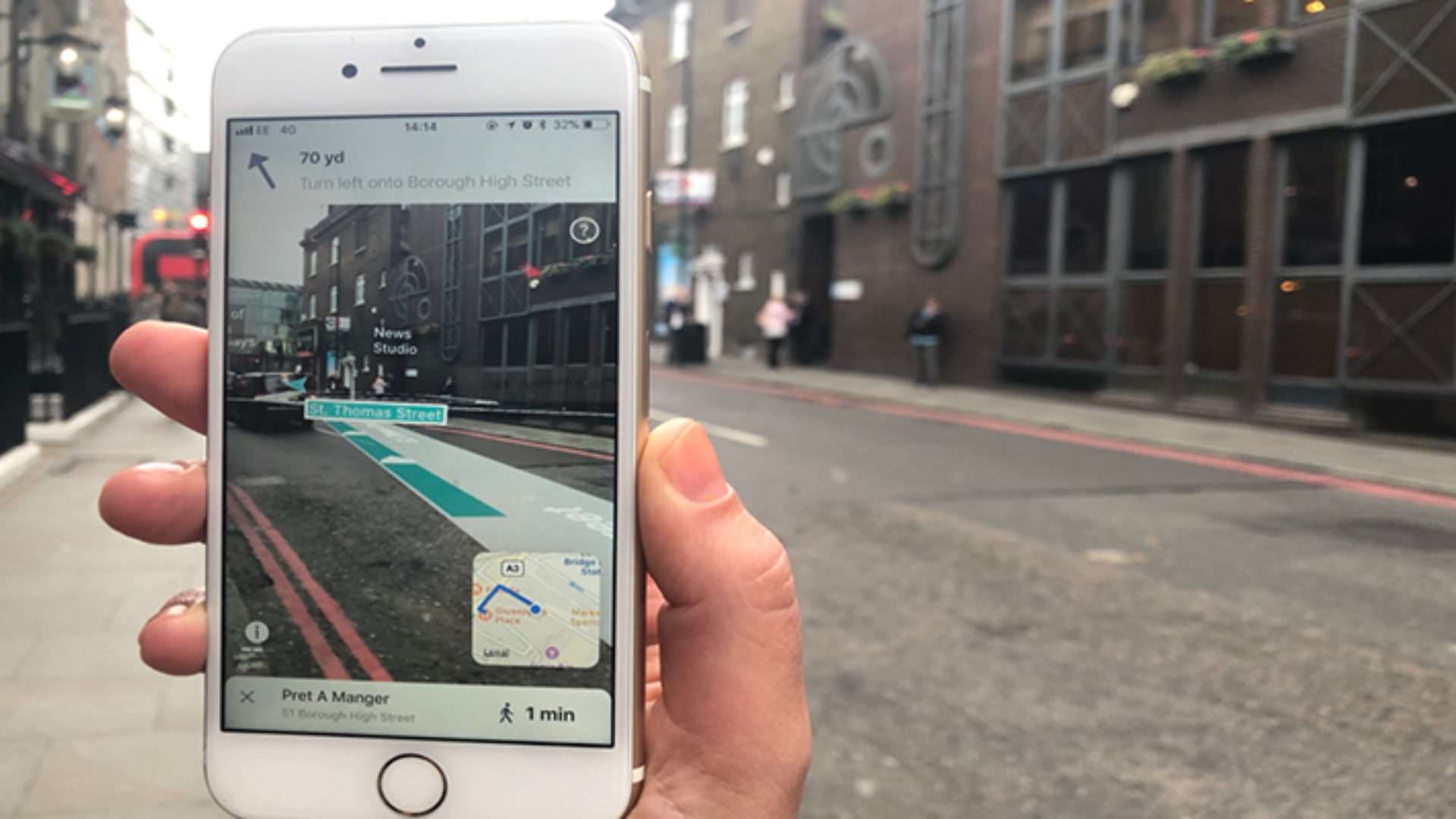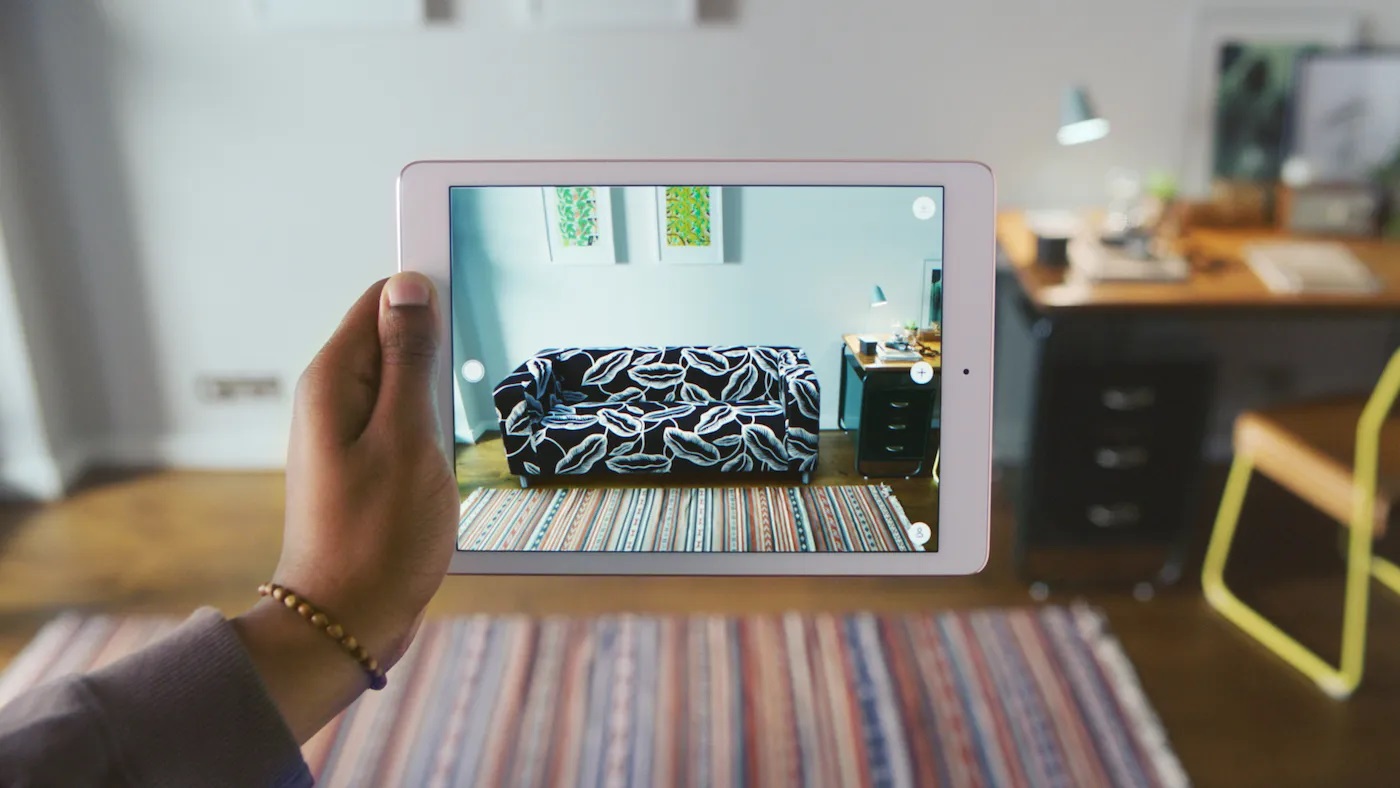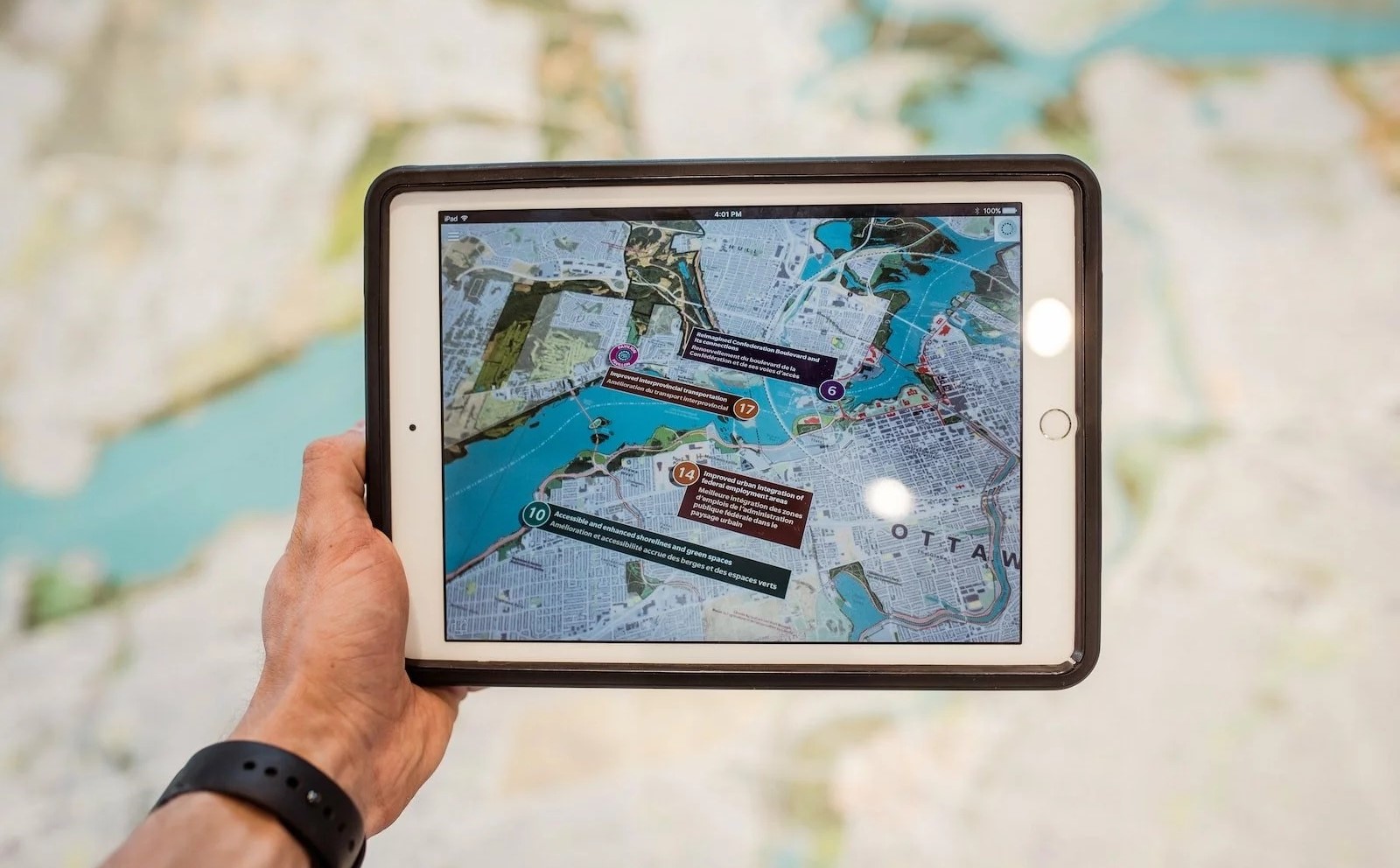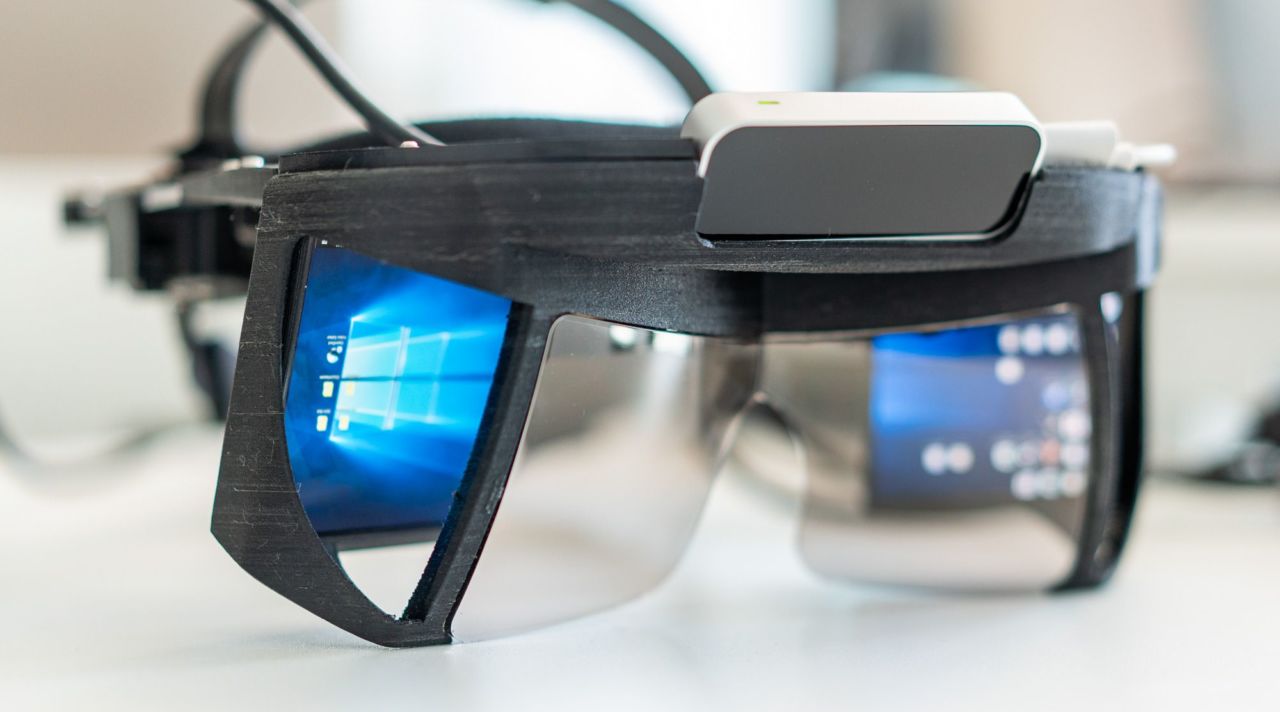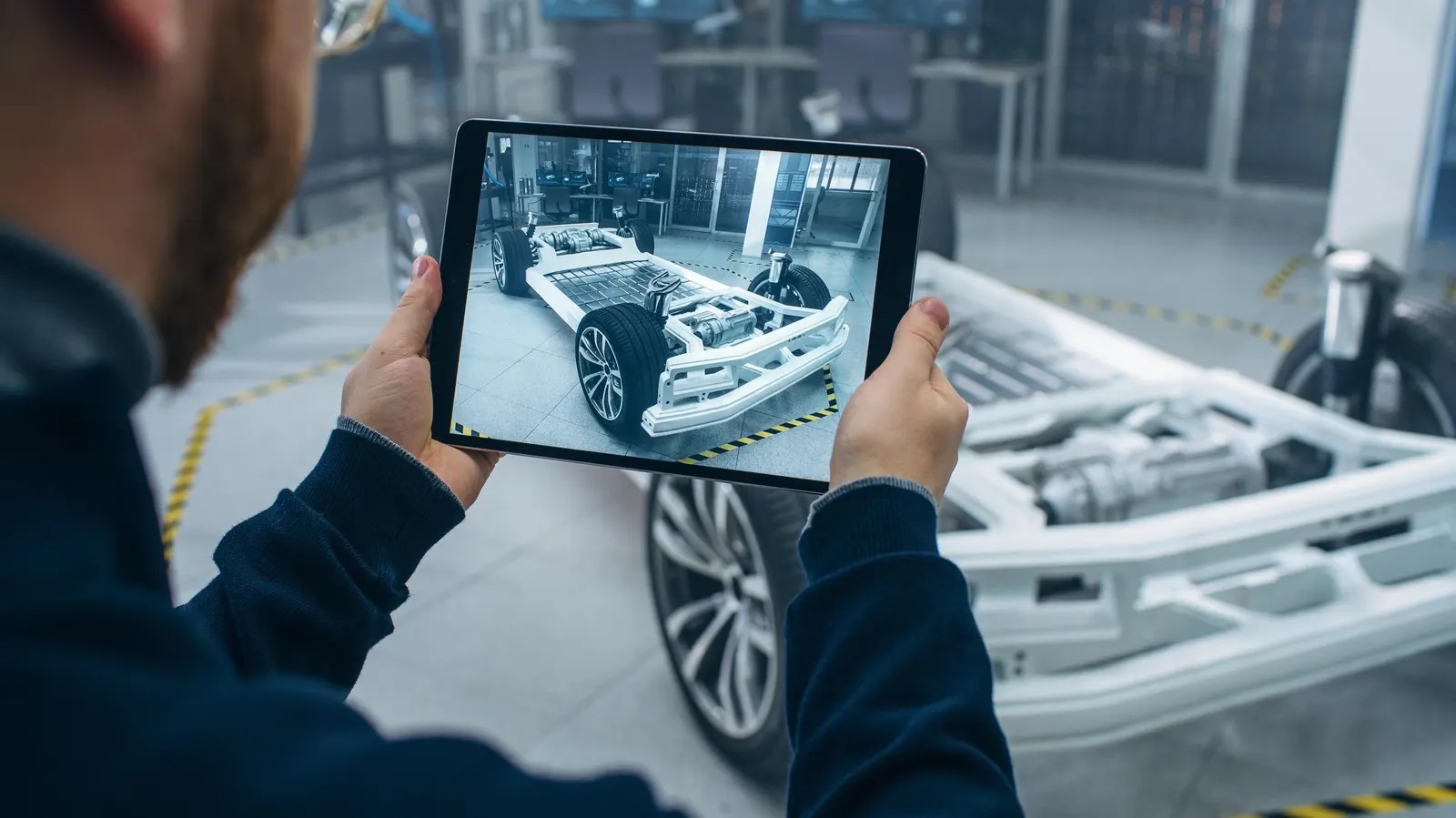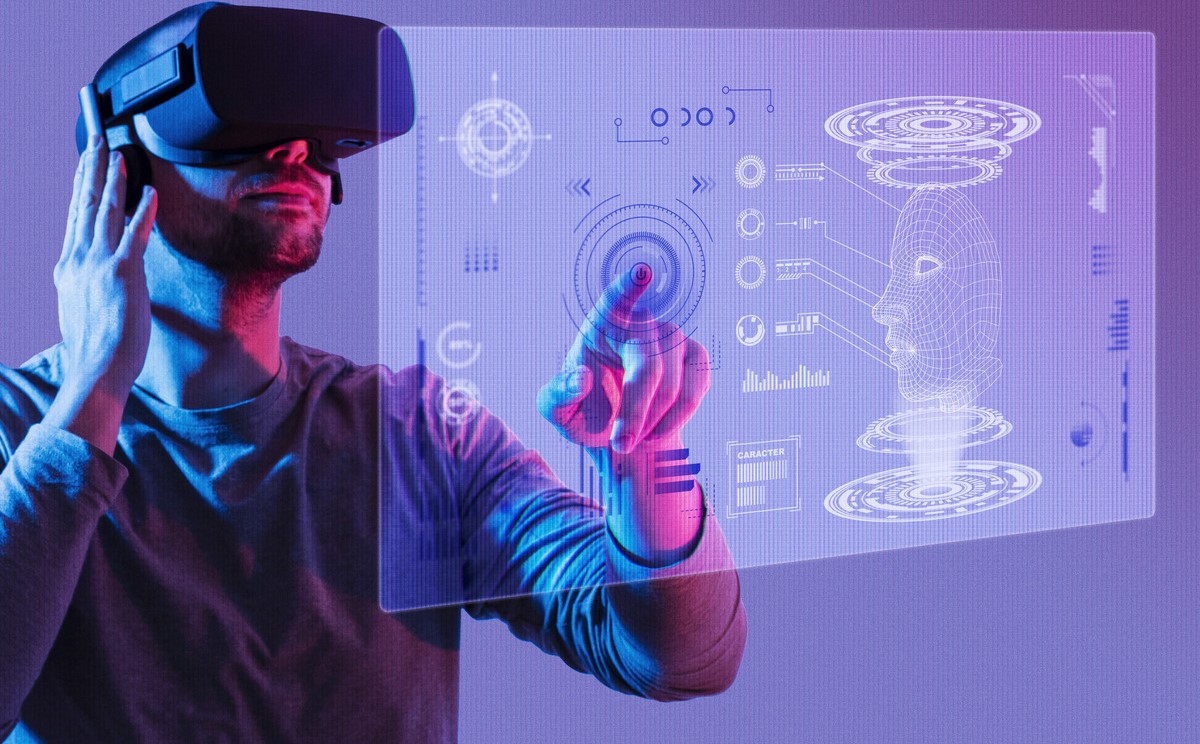Home>Latest News>Technology Trends>Revolutionizing the World with AR Glasses
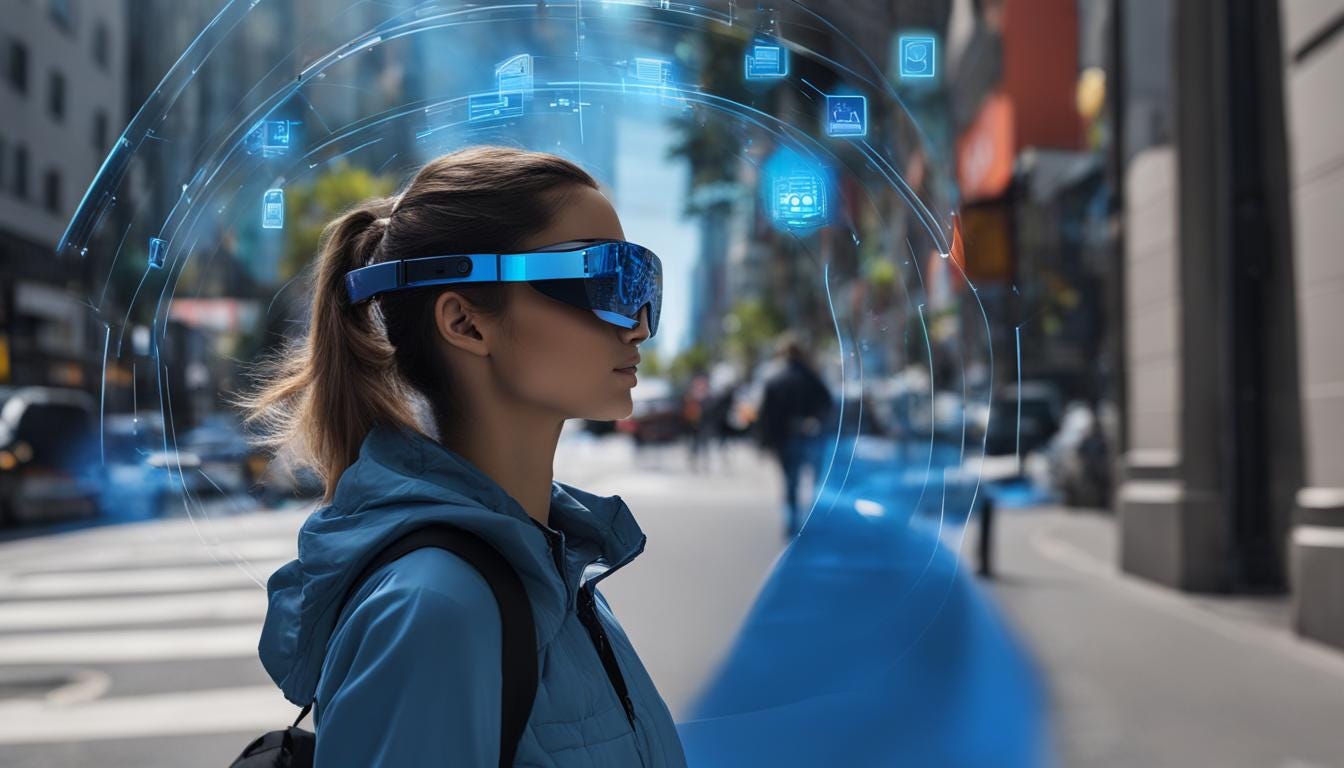

Technology Trends
Revolutionizing the World with AR Glasses
Modified: September 5, 2024
Stay ahead of the curve with the latest in technology trends. Explore the revolutionary potential of AR glasses and embrace the future today. Discover how this cutting-edge technology is shaping the world.
(Many of the links in this article redirect to a specific reviewed product. Your purchase of these products through affiliate links helps to generate commission for Techsplurge.com, at no extra cost. Learn more)
Table of Contents
The Early Days of AR
The concept of augmented reality dates back to the 1960s when computer scientist Ivan Sutherland created a head-mounted display (HMD) that could superimpose virtual objects onto the real world. However, significant attention wasn't gained until the 1990s. The term "Augmented Reality" was coined by Tom Caudell and David Mizell in 1992, who developed a system for guiding workers on the assembly line using virtual instructions.
In the early 2000s, AR started to gain traction with mobile apps like Layar and Wikitude. These apps used smartphone cameras to display virtual information about the real world, such as directions, reviews, and other relevant data. This marked the beginning of AR's transition from a niche technology to a mainstream phenomenon.
Read more: What Are AR Glasses
The Rise of AR Glasses
Fast-forward to the present day, and numerous companies are investing heavily in AR glasses. These devices aim to provide a more immersive and interactive experience by overlaying digital information onto the real world. Notable players in this space include tech giants like Apple, Google, Microsoft, and Meta, as well as startups like Magic Leap and Vuzix.
Advanced Sensors and Cameras
One of the most significant advancements in AR glasses is the integration of advanced sensors and cameras. These sensors can track head movements, allowing for precise alignment of virtual objects with real-world environments. For instance, Microsoft's HoloLens uses a combination of cameras, sensors, and machine learning algorithms to create a seamless AR experience.
Applications of AR Glasses
The potential applications of AR glasses are vast and varied. Here are some of the most promising areas where these devices could make a significant impact:
Education
AR glasses can revolutionize learning by making complex concepts more engaging and interactive. For example, students can use AR to visualize 3D models of historical structures or molecular structures in chemistry. This hands-on approach can enhance understanding and retention of information.
Healthcare
In healthcare, AR glasses can be used for medical training, patient education, and even surgical procedures. Surgeons can use AR to visualize anatomical structures in real-time during operations, reducing the risk of complications. Patients can also use AR to understand their conditions better and follow treatment plans more effectively.
Entertainment
The entertainment industry is already seeing significant benefits from AR technology. Games like Pokémon Go have shown that AR can be a powerful tool for creating immersive gaming experiences. AR glasses can take this to the next level by providing a more natural and interactive way to engage with virtual worlds.
Productivity
For professionals, AR glasses can enhance productivity by providing real-time information and instructions. For instance, workers in manufacturing can use AR to receive step-by-step instructions for assembly tasks. This can reduce errors and increase efficiency.
Retail
Retailers are also exploring the use of AR glasses to enhance the shopping experience. Customers can use AR to see how furniture would look in their homes before making a purchase or try on virtual makeup without physically applying it.
Challenges and Limitations
While the potential of AR glasses is immense, several challenges need to be addressed before these devices become mainstream:
Cost
One of the significant barriers to widespread adoption is the cost. Current AR glasses are often expensive, making them inaccessible to many consumers. As technology advances and economies of scale improve, prices are expected to decrease.
User Experience
Ensuring a seamless user experience is another challenge. AR glasses need to be intuitive and easy to use, with minimal lag or distortion. Companies are investing heavily in improving the user interface and user experience (UI/UX) of their AR products.
Privacy Concerns
There are also concerns about privacy and data security. AR glasses can potentially collect a lot of personal data, including location information and visual data. Companies must ensure that they handle this data responsibly and transparently.
Read more: What Are AR Apps
Current State of AR Glasses
Several companies have already released AR glasses or are in the process of doing so:
Microsoft HoloLens
Microsoft's HoloLens is one of the most advanced AR glasses available today. It uses a combination of cameras, sensors, and machine learning algorithms to create a highly immersive experience. The HoloLens is primarily aimed at enterprise customers but also has applications in gaming and education.
Magic Leap One
Magic Leap One is another highly anticipated AR device that has garnered significant attention. It uses a unique "Light Field" display technology that creates a more natural and immersive experience by simulating how light behaves in the real world.
Apple AR Glasses
Rumors have been circulating about Apple's plans to release its own AR glasses. While there have been no official announcements, Apple has filed several patents related to AR technology, suggesting that they are actively working on this project.
Read more: Tech Blog: Exploring the World of Subtitles
Future Prospects
The future of AR glasses looks bright, with several trends and advancements expected to shape the industry:
Advancements in Display Technology
One of the key areas of focus is improving display technology. Companies are working on more advanced displays that can provide higher resolution, faster refresh rates, and better color accuracy. This will enhance the overall user experience and make AR more engaging.
Integration with Other Devices
More integration between AR glasses and other devices like smartphones and smartwatches is expected. This will enable seamless transitions between different modes of interaction, such as switching from AR to regular vision.
Artificial Intelligence
AI will play a crucial role in enhancing the functionality of AR glasses. Machine learning algorithms can improve object recognition, tracking, and even predict user behavior, making the experience more intuitive and personalized.
Read more: Augmented Reality: Revolutionizing Education
5G Connectivity
The advent of 5G networks will significantly enhance the performance of AR glasses by providing faster data transfer rates and lower latency. This will enable more complex applications that require real-time data processing.
Final Thoughts
Augmented Reality glasses have the potential to transform numerous aspects of our lives by providing an immersive and interactive way to engage with information. While challenges exist, the progress made so far is promising. As technology continues to advance, AR glasses are expected to become more affordable, user-friendly, and integrated into daily life. The future is bright for AR, and it will be exciting to see how these devices evolve over the coming years.
AR glasses represent a significant leap forward in human-computer interaction. They have the potential to transform industries from education and healthcare to entertainment and retail. Addressing the challenges head-on while continuing to innovate will push the boundaries of what is possible with AR technology. The world is on the cusp of a transformation, and AR glasses are at the forefront of this change.

